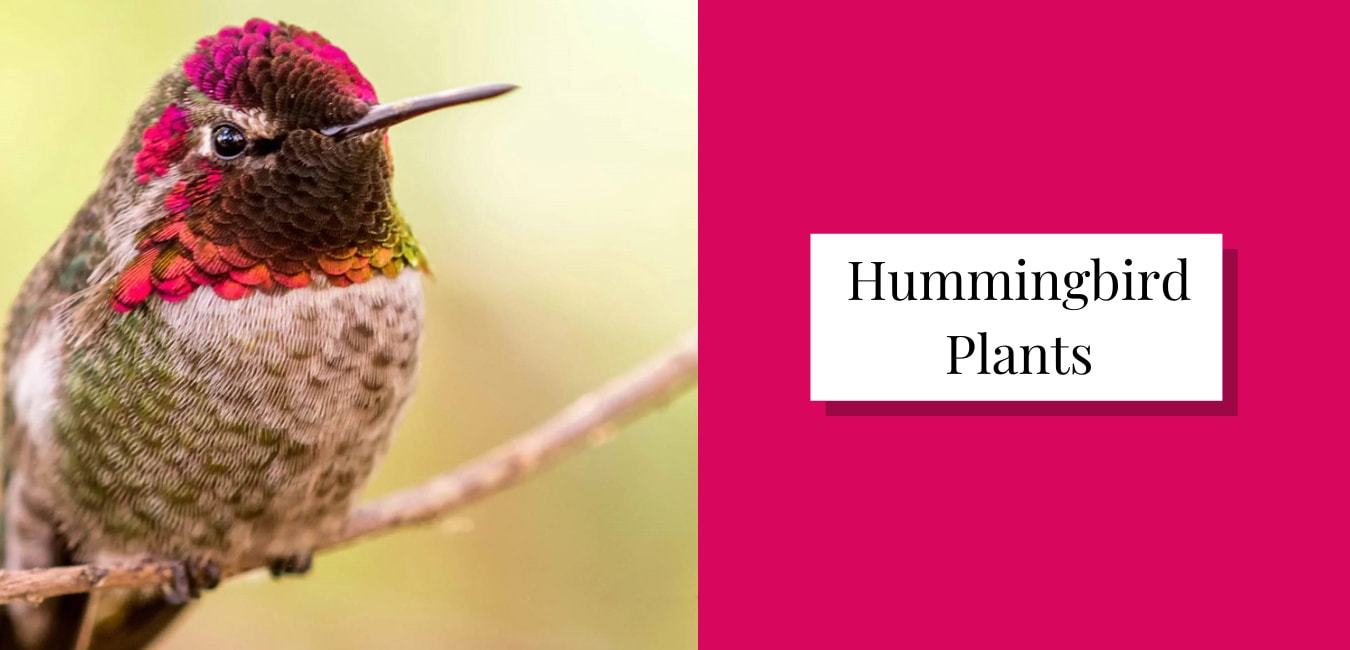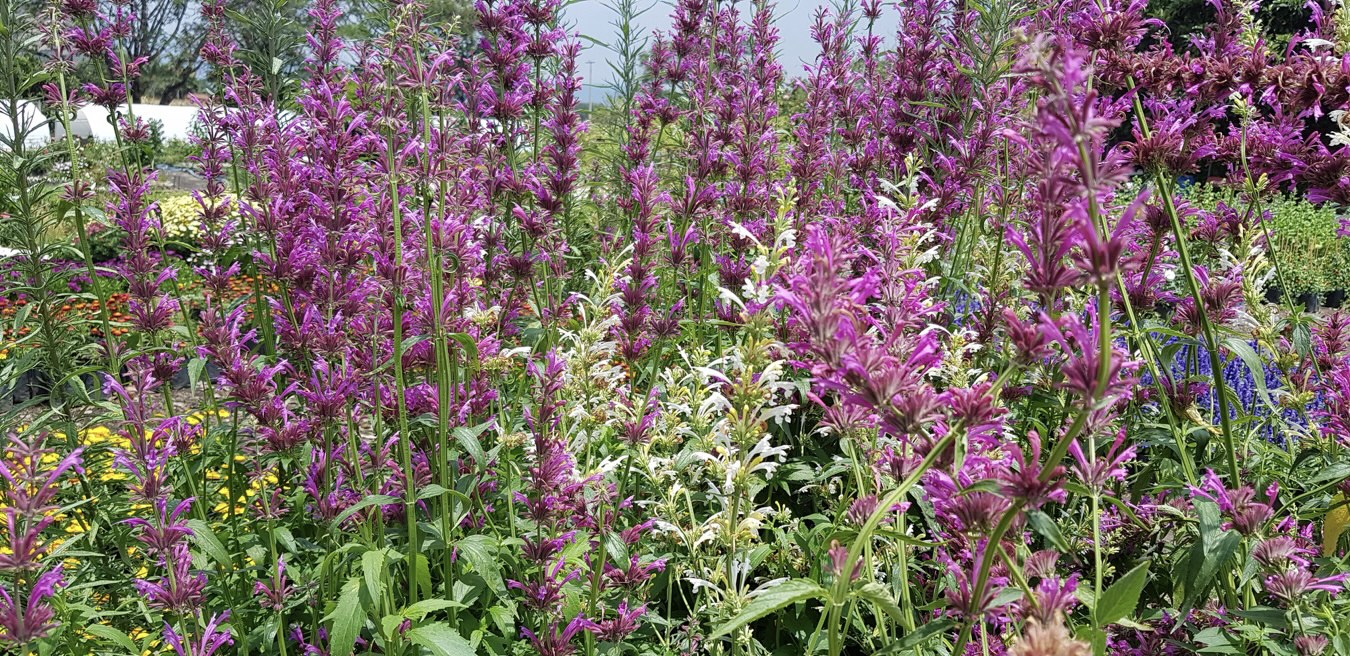Hummingbirds are the primary pollinators of Americas. Pollination occurs as they consume nectar from tubular flowers, which results in the birds carrying and subsequently transferring pollen from both their beaks and feathers. The regions closer to the tropics, with warmer climates, boast the most significant number of hummingbird species and the greatest number of native plants to support the birds need for food.
We must take immediate steps to help hummingbird populations thrive. The The advantage of hummingbird conservation is that by supporting their habitats, we positively impact our own increasing demands for food while also sustaining the diversity of other pollinators in the natural world.
We must take immediate steps to help hummingbird populations thrive. The The advantage of hummingbird conservation is that by supporting their habitats, we positively impact our own increasing demands for food while also sustaining the diversity of other pollinators in the natural world.
We are currently preparing the following lists of recommended native plants desirable to hummingbirds. Many of these plants are even well-suited for small-scale plantings in gardens, business and school campuses, urban green spaces, and farm field borders. Once prepared, these lists will guide you through the best approach for selecting highly adaptable and regionally appropriate plants that research has shown to provide benefits to hummingbirds and other pollinators. Check back soon for these updated lists!
CREATE A NECTAR PATCH
Once you've learned what time of year to expect hummingbirds in your area and which blooming hummingbird plants may exist in your neighborhood, choose a couple of plant species to start with. Most importantly, select plants that bloom during your target time and are native to the location or a comparable habitat. For detailed information about the best plant species for your area, we recommend searching for native nectar plant lists specific to your region, in addition to the plant and horticultural lists that we offer above.
In general, the most valuable flowers to hummingbirds tend to be red in color and tubular in shape. They often dangle so that a prospective pollinator must hover to access the nectar within. The following plant genera include multiple hummingbird-pollinated plant species that may be found in the nursery trade: Penstemon, Salvia, Agastache, Anisacanthus, Aquilegia, Calliandra, Castilleja, Cuphea, Diplacus, Erythrina, Fouquieria, Fuchsia, Hesperaloe, Ipomopsis, Justicia, Keckiella, Lobelia, Lonicera, Malvaviscus, Mimulus, Monarda, Ribes, Russelia, and Silene. You'll want to take note of any of these native in your area, while also keeping an eye out for them at native plant sales. Buying plants from a reputable online or mail-order catalog is undoubtedly an option too.
After you've gained experience with a few sturdy plants, you'll likely be eager to keep planting and gradually build your nectar patch! Plant species emerge and are active at different times of the year, so plant flowers to provide blooms throughout the different growing seasons. How you add these plants to your landscape will depend on several factors, including the specific elements of your planting site such as the sun, shade, and soil type. It is also important to consider how much effort you want to put into design and maintenance: new plants will need watering regularly until they are established (and as required after that), and where wildlife grazing is a problem, they may need to be protected with chicken wire cages.
Tips to improve planting success:
• Place your flowering plants in clumps of at least five species to make them easier for hummingbirds to find
• Use a mixture of colors and sizes that bloom throughout the season so hummingbirds can visit at different times
• Take care to select the right type of plants for the location you are working with
To learn more about creating a hummingbird garden, please visit our Gardens & Nurseries page, where you will find additional suggestions on the best ways to create a successful hummingbird habitat!










